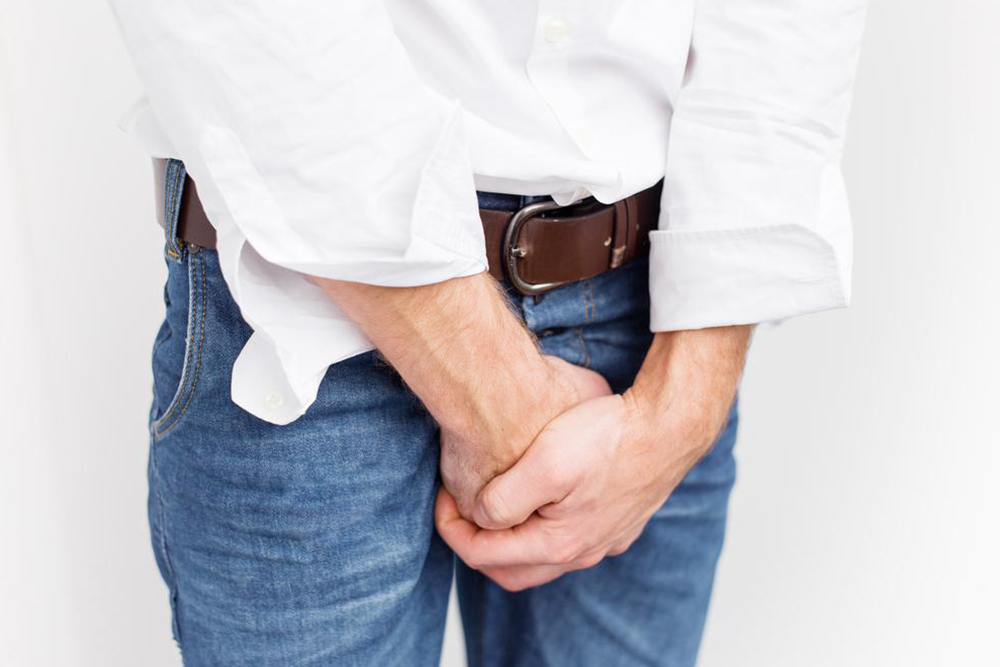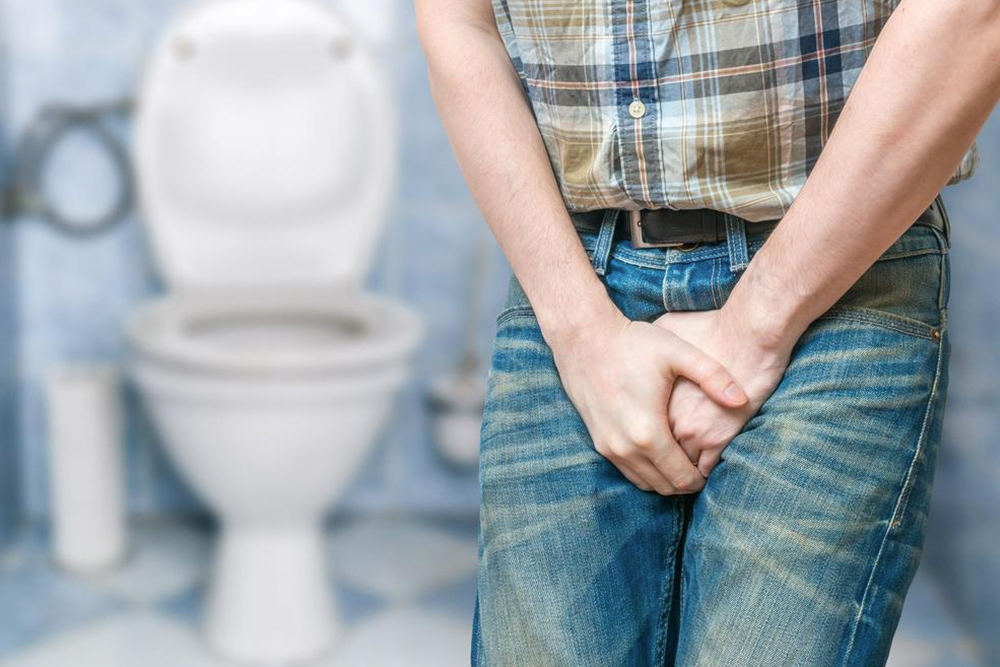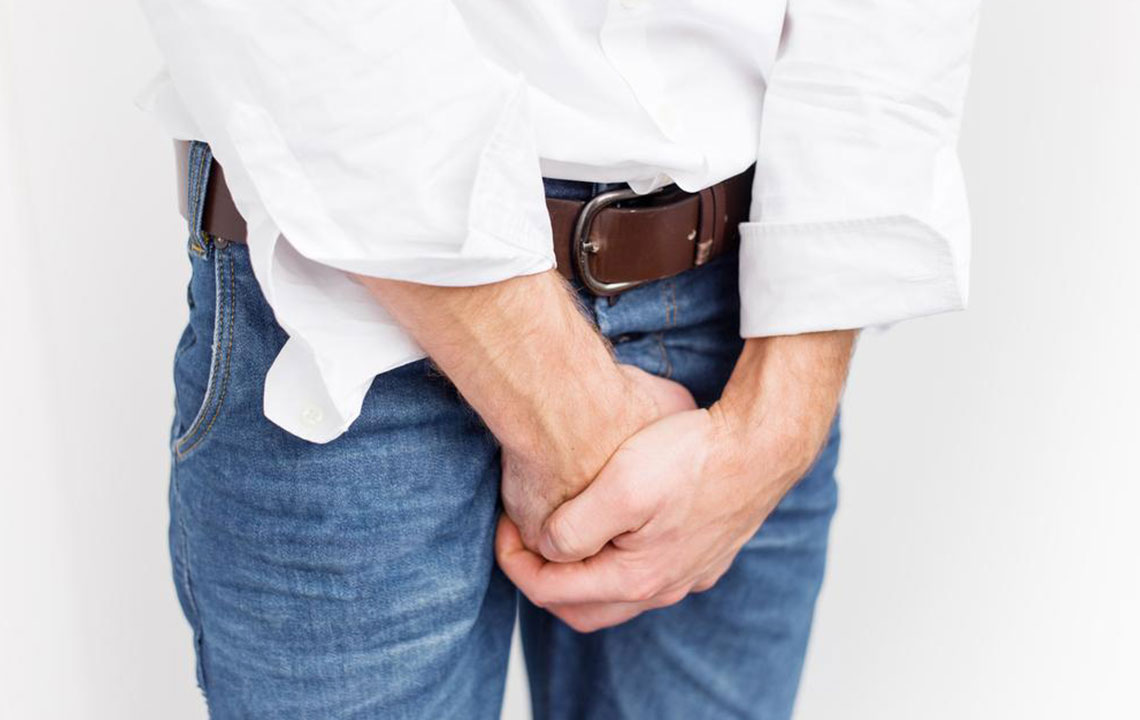Understanding Different Types of Urinary Incontinence and How They Are Diagnosed
This article explains the various types of urinary incontinence, including stress, urge, overflow, and mixed forms. It outlines common risk factors and describes diagnostic procedures like clinical history, tests, and imaging. Understanding these details can help individuals identify symptoms early and seek professional evaluation for effective management of incontinence.

Understanding Different Types of Urinary Incontinence and How They Are Diagnosed
Urinary incontinence is the inability to control urination or bowel movements, affecting about 25-33% of people. The condition ranges from minor leaks during coughing to complete loss of control. Types of incontinence include:
Stress incontinence: Common in pregnant women and menopausal women, triggered by physical activities.
Urge incontinence: Sudden bladder contractions cause urgent need to urinate with little warning.
Overflow incontinence: Typically seen in men with prostate issues, leading to dribbling due to incomplete bladder emptying.
Mixed incontinence: Features both stress and urge symptoms.
Functional incontinence: Seen in seniors with mobility or cognitive challenges.
Gross incontinence: Continuous leakage, often congenital or due to injuries or fistula formations.
Risk factors include: Obesity, smoking, gender, diabetes, kidney issues, injuries, medications, aging, and prostate problems.
Diagnosis methods: Medical history, bladder diaries, blood and urine tests, pelvic examinations, ultrasound imaging, and in some cases, endoscopy.
Note: This article offers general medical insights. For accurate diagnosis and treatment, consult a healthcare professional. The information is for educational purposes and may not cover all individual cases or current medical guidelines.










